The Secret History of Paris’s Catacomb Mushrooms
In the 1800s, farmers cultivated mushrooms in abandoned quarries underneath the French capital.
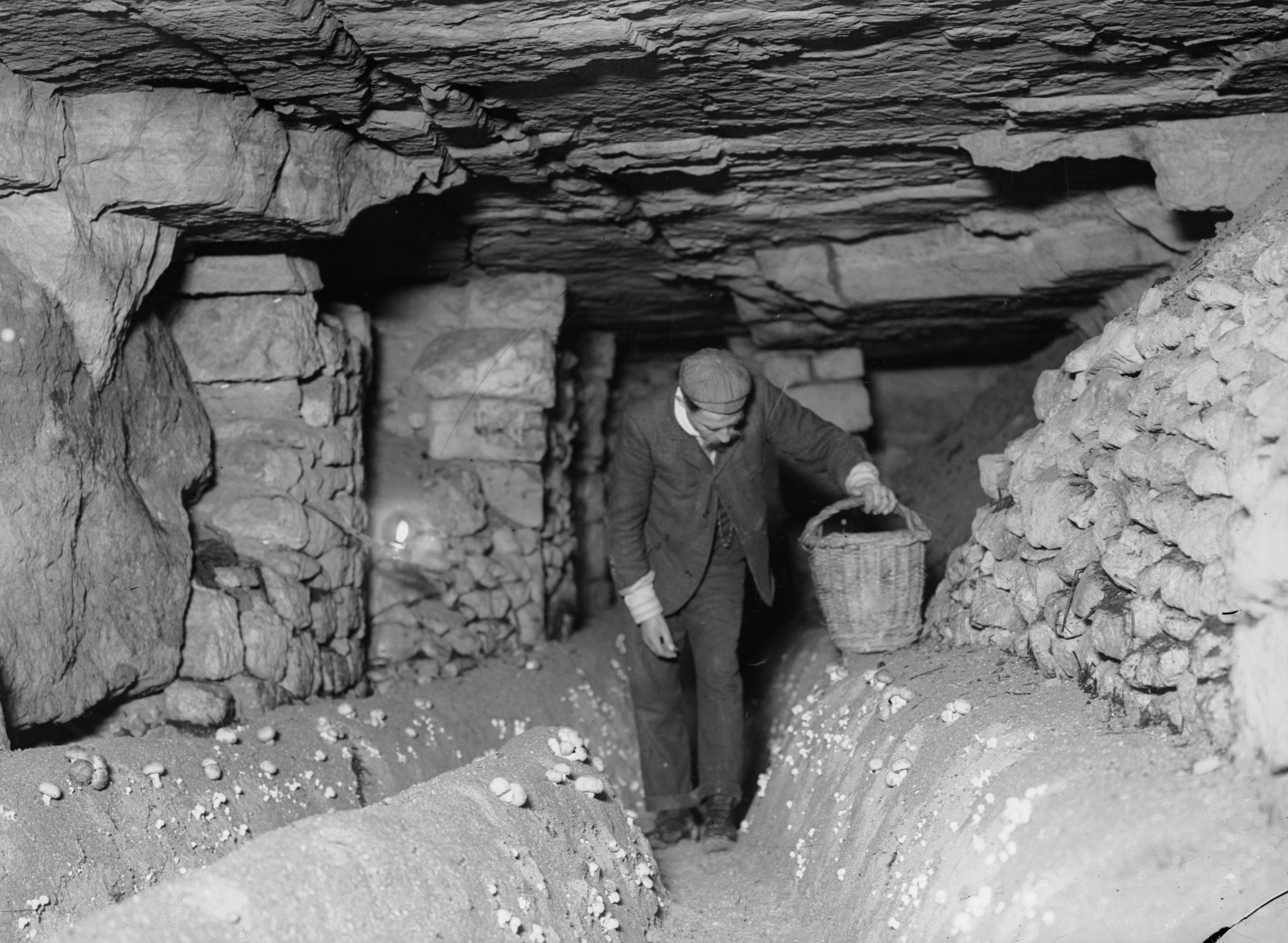
From the Louvre museum to the sculpted façade of Notre Dame to the quintessential six-story apartment buildings with their grey-beige blush, Paris is built of local limestone, extracted from quarries that thread beneath the capital like the holes of a Swiss cheese. But these tunnels have a culinary legacy, too. Within these catacombs, in dark, cavernous chambers, farmers once cultivated a button mushroom variety that bears the name of the French capital: the Paris mushroom.
The stone upon (and from) which Paris is built is known as Lutetian limestone, after the Roman name for Paris: Lutetia. While locals have used these natural resources since Gallo-Roman times, it wasn’t until the massive medieval churches (such as Notre Dame) were built that Parisians quarried underground—a tradition that continued for centuries as they expanded and beautified the city. Over time, they created another, cavernous city below the streets.
Parisians found uses for the quarries long after miners winched the last block of stone up through the deep wells. In the late 1700s, after several cave-ins at the Holy Innocents Cemetery, city officials disinterred what was left of the remains and transferred the bones to these underground tunnels. This set the stage for the ossuaries of the Catacombs of Paris, which now hold the remains of more than six million people, including prominent French revolutionaries. Two centuries later, the French Resistance used the abandoned quarries to organize the Liberation of Paris far from Nazi eyes. One lesser known use? The cultivation of a unique species of mushroom.
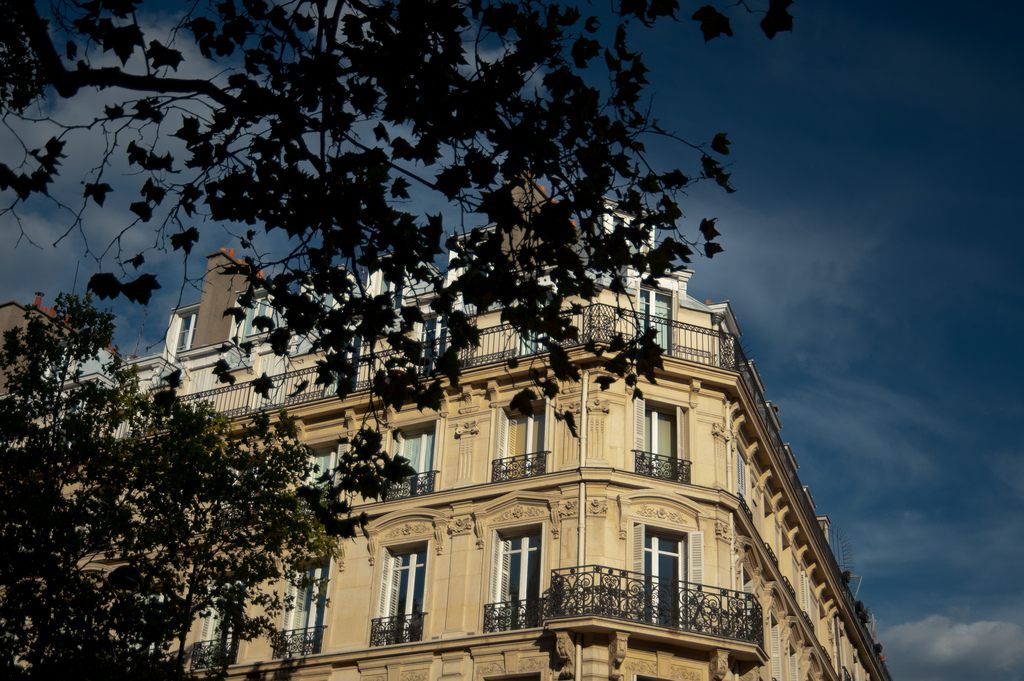
Since the 17th century, gardeners grew what would become known as Paris mushrooms in the gardens at Versailles. King Louis XIV is said to have been a particular fan of what was then known as the “rosé des près” or “pink of the fields.” The name came from the mushroom’s color, which is oddly similar to that of Lutetian limestone. But in the 19th century, this culture moved underground.
Some accounts, such as that of Jean-Louis Carpentier of the Association du Champignon de Couche, attribute this move to Napoleonic soldiers. According to his story, Paris mushrooms were first grown underground near the site of the Eiffel Tower, when deserters of Napoleon’s army hid inside the galleries below Chaillot hill. The men found that their horses’ manure—combined with the caverns’ microclimate—spawned a veritable forest of mushrooms, providing them sustenance.
In his Traité de la culture des champignons (1847), however, Victor Paquet attributes the discovery to a Parisian farmer, Chambry. In 1811, he writes, after tossing the fruits of a disappointing harvest into an abandoned quarry, Chambry realized that Paris mushrooms, unlike most mushroom species, which thrive in forests, grow better underground. Cultivating them in dark limestone quarries also turned them into a year-round crop.
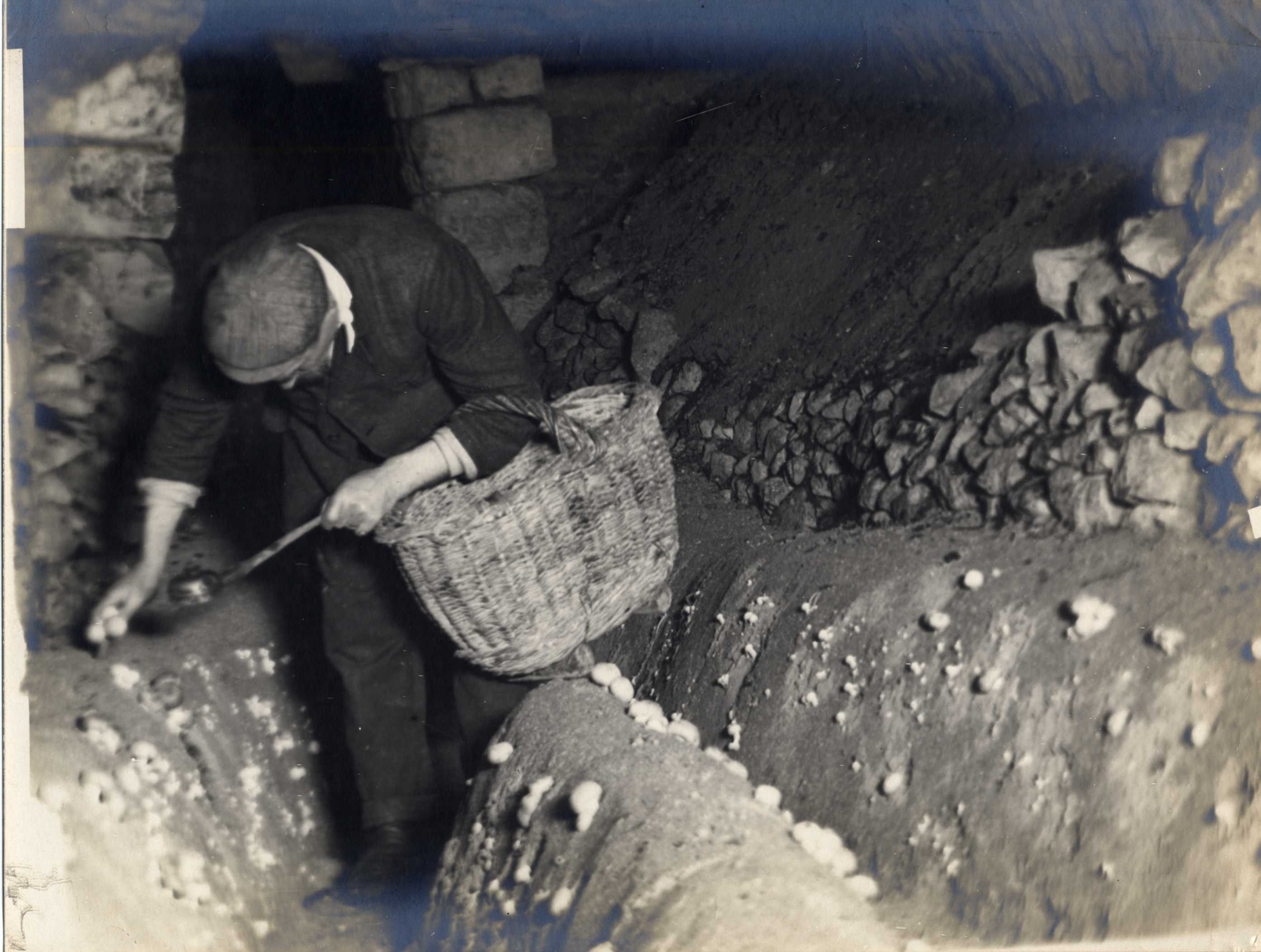
However this discovery was made, it caught on. Mushrooms had retained their royal reputation from Louis’ day, and demand was high. By 1880, more than 300 mushroom farmers worked in Parisian quarries to produce 1,000 tons of Paris mushrooms each year. Most of the quarries were not accessible by foot, so farmers used wooden ladders or pulley systems to lower themselves down in baskets. Once underground, they used hand-held lanterns to plant and gather mushrooms.
The mushrooms, farmers found, were picky about temperature and humidity. While the quarries tended to remain at approximately 12 degrees Celsius all year, farmers developed systems to control humidity and air circulation. In dry rooms, they channelled water that seeped in from faults or cracks and distributed it with watering cans. In damp rooms, farmers created ventilation by making holes in dividing walls and building furnaces at the base of wells leading to the surface. This created air suction, and they built unique chimneys above these mine wells, described at the time as a “truncated pyramids,” to cover the entrances.
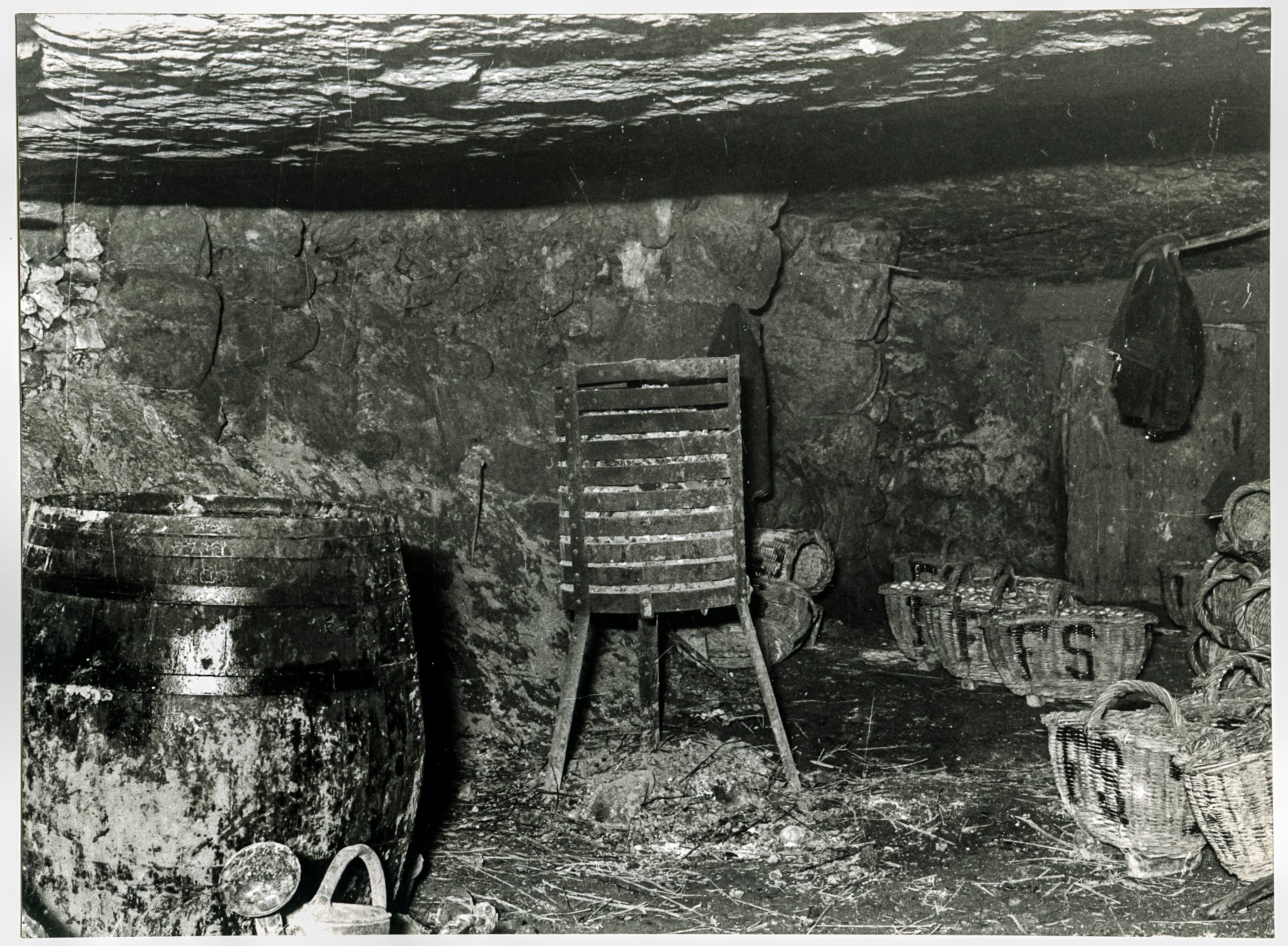
In 1896, a plan was established for Paris’s underground métro system—a development that historians link to the Paris mushroom’s demise. Although the métro tunnels were to be built above the catacombs, the quarries in which the farmers worked had fallen into disrepair.
“The mushroom farmers rented underground plots from private owners—often former quarrymen,” explains Florence Cavaillé of the Inspection Générale des Carrières in Paris. “They had no obligation with regards to the upkeep of the quarries. They stopped renting and left when the quarry became dangerous or too degraded.”
It is perhaps not surprising, then, that mushroom farmers abandoned the capital’s tunnels in response to this massive building project. They moved from the rapidly growing city to its outskirts, sometimes relocating as far as the Loire Valley quarries. Today, only five or so mushroom farmers remain in the region, and none work underneath Paris.
Bruno Zamblera is a fourth-generation mushroom farmer in Méry-sur-Oise, 15 miles from the capital. While his father abandoned the trade, Zamblera has returned, albeit to produce smaller quantities of Paris mushrooms for local food co-ops and CSAs.
“It’s our cultural heritage,” he says. “For some people, it’s a sign of quality.”
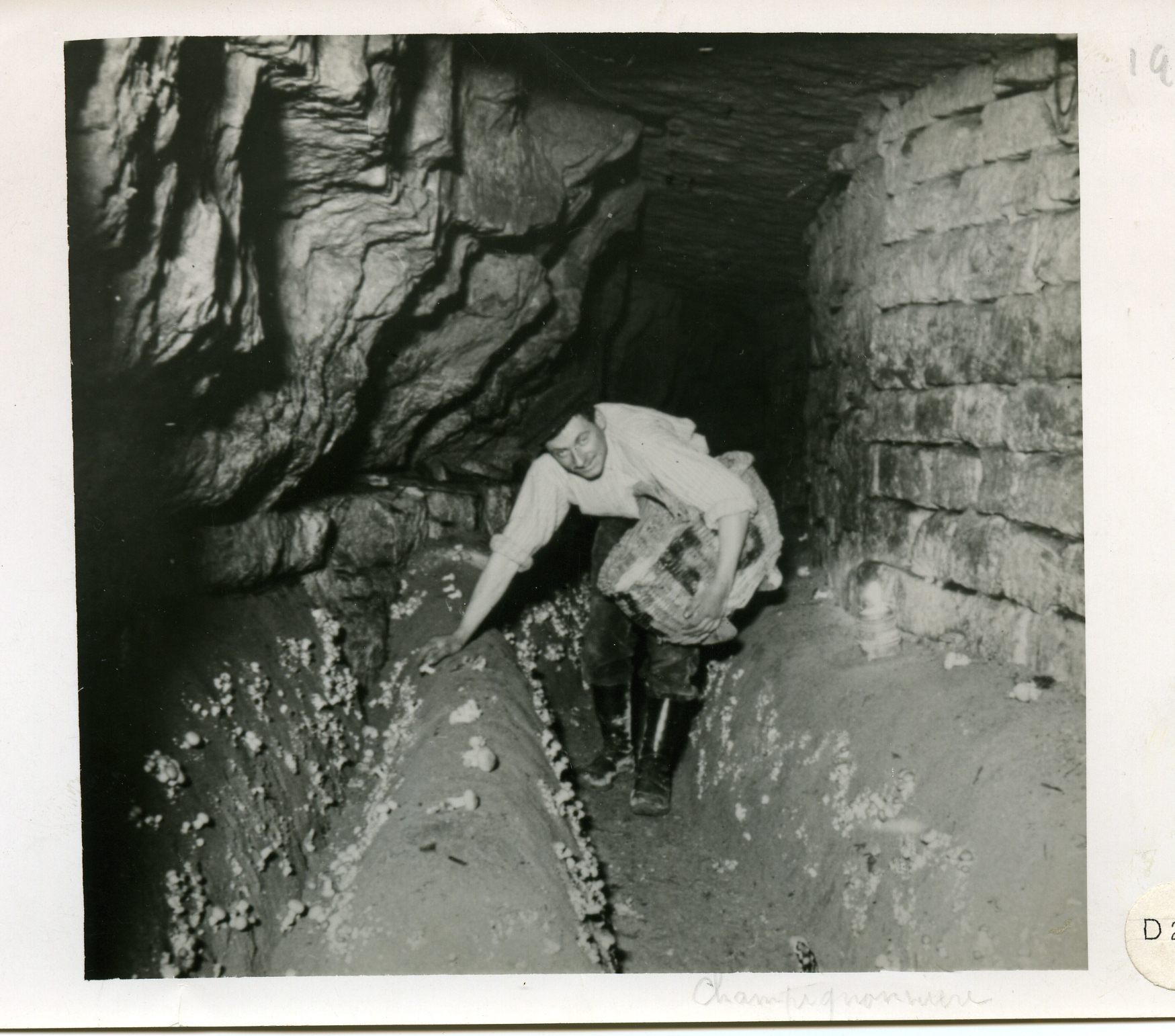
Today, 70 percent of the Paris mushrooms sold in France hail from China. (Outside France, Paris mushrooms are known by other names, such as button mushrooms.) Less than half a percent of the supply is French, and most of this supply is produced in industrial hangars.
This marks a turn for the catacomb mushrooms of Paris. While farmers once flocked to Paris’s underground caverns to expand mushroom cultivation, those who remain in quarries seek superior flavor rather than superior yields.
Yannick Alléno, chef of the 3-Michelin-starred Pavillon Ledoyen, makes a point of seeking them out. “I always choose true Paris mushrooms,” he says. “There’s no comparison with industrial.” Not only, he says, are industrial mushrooms too similar to one another, as though they were factory made, but the flavor of a true Paris mushroom is unparalleled.
“The real Paris mushroom is really concentrated in sublime flavors,” he says. “The other has no flavor, except that of water.”
Ledoyen attributes this to the elusive French idea of terroir. No translation accurately explains this concept, shorthand for the conviction that the nature of a food is innately linked to the region that produces it. It’s the concept that spawned the Designation of Protected Origin label, a legal certification that makes it impossible to sell sparkling wine made outside the Champagne region as Champagne and forces American brie makers to market their cheeses as “Brie-style.” Alléno calls himself a “fervent” defender of Parisian terroir; he even launched two “Terroir parisien” restaurants in 2012.
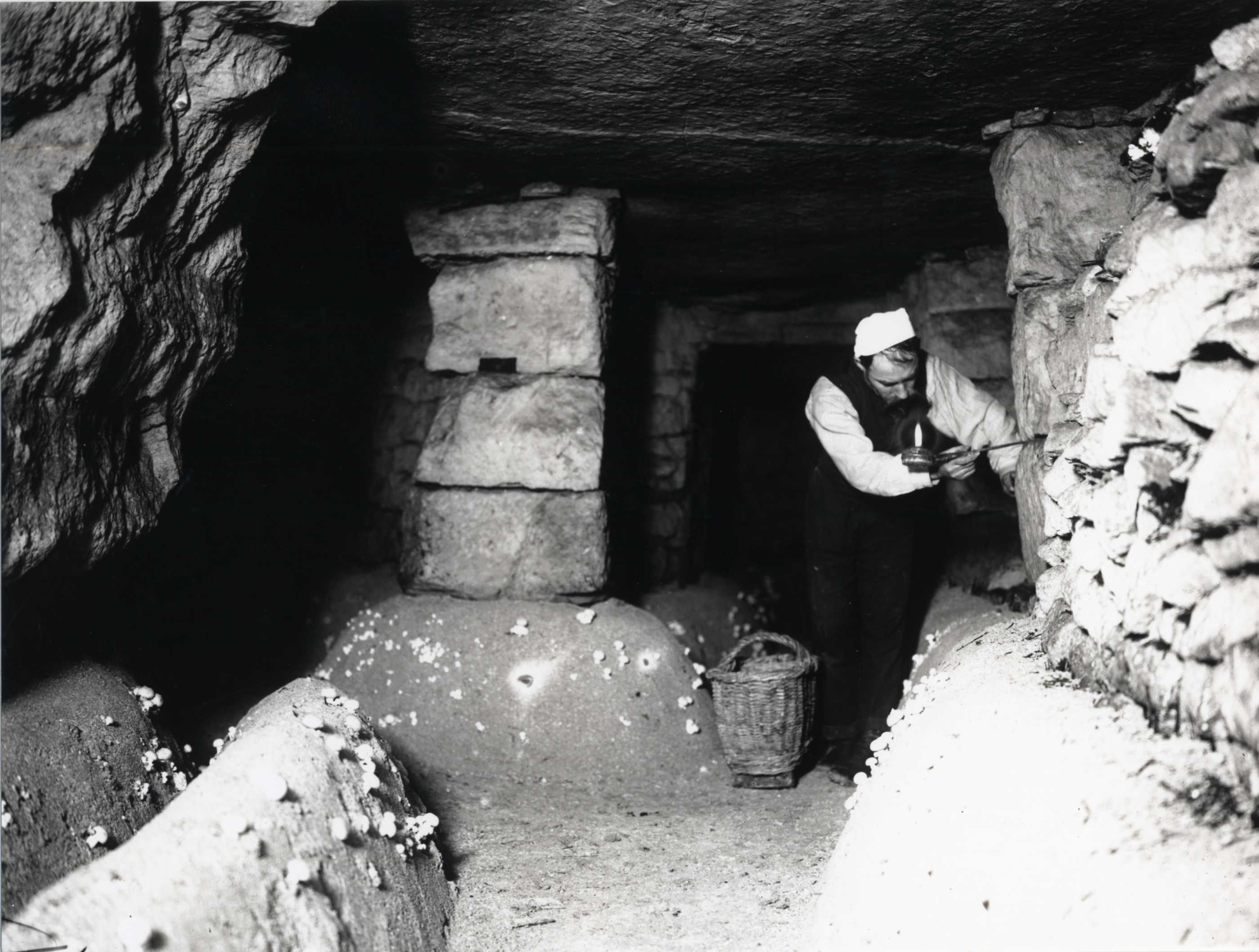
Angel Moïoli, a third-generation mushroom farmer, agrees with Ledoyen. Industrial mushroom farms are heated to force the mushrooms to grow rapidly and uniformly. But “in underground quarries,” he says, “we do things the old-fashioned way.”
“We use manure and compost, and the earth is limestone, and that lends flavor to the mushrooms.”
Unlike Grenoble walnuts or Puy lentils, however, the official status of Paris mushrooms as a terroir product was never established. What was once a key element of Parisian terroir has become a mere variety, like a Fuji apple or a Hokkaido squash.
“It was never protected,” says Zamblera. “It’s just a commonplace product, now … and it’s too late to change that.”
But Moïoli hopes that even if it’s no longer possible to legally protect the Paris mushroom’s name, the savoir faire that goes into a true Paris mushroom can be protected.
“I’m a defender of the Paris mushroom from the Paris region,” he says. “There’s a traditional way to do it. It’s the way it’s always been done.”
Gastro Obscura covers the world’s most wondrous food and drink.
Sign up for our regular newsletter.






















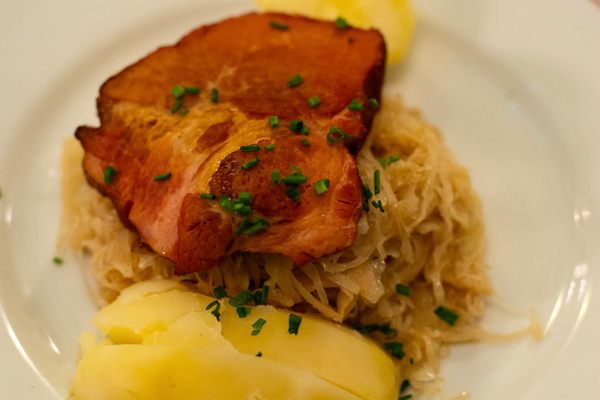

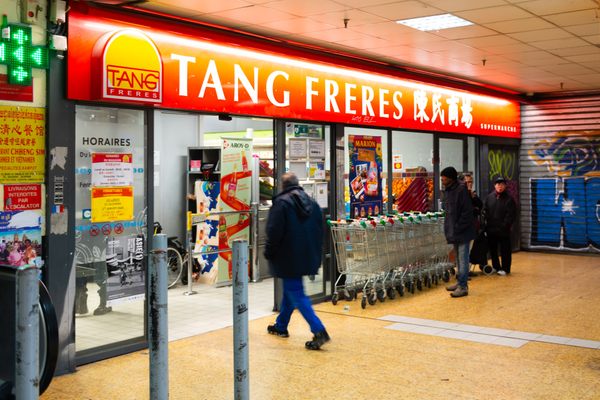


Follow us on Twitter to get the latest on the world's hidden wonders.
Like us on Facebook to get the latest on the world's hidden wonders.
Follow us on Twitter Like us on Facebook